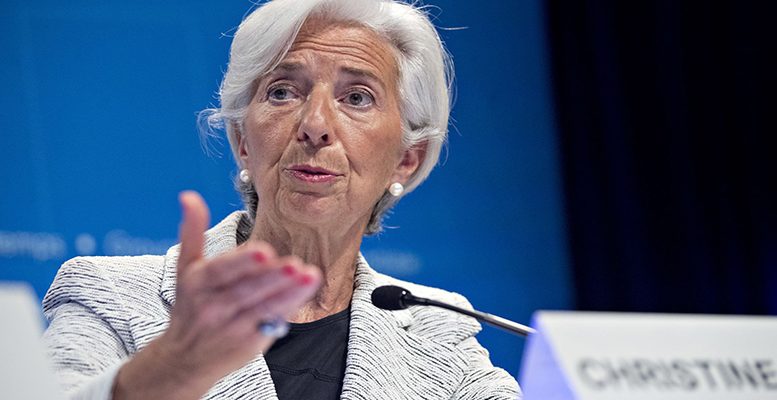Peter Goves, MFS Investment Management | Despite acknowledging the uncertainty stemming from the Ukraine conflict, the ECB policy decision had a hawkish tilt. Indeed, the ECB chose to wind down the APP schedule more quickly than the December guidance and revised its rate guidance. The ECB also tweaked its guidance and removed a previous dovish bias which referenced the prospect of rates remaining at present or lower levels.
The market quickly reassessed the rate path to increase hike expectations in H2. Lagarde made clear the sequencing remains intact and that there may be a lag between ending QE and the first hike, but the market still moved as if a hike would follow very soon after APP ends. Indeed, a 10bp hike is priced in Q3. The acceleration of the QE taper also saw periphery spreads widen. Despite some dovish language and stresses of “flexibility”, ultimately, the policy actions themselves are what matter. HICP risks lie to the upside in the near term too which will continue to make for an awkward situation for policy makers. Overall, there is still a concern about the growth outlook and how high cost push inflation may weigh on demand. As such, upcoming sentiment and confidence indicators hold significance to assess the market outlook and its assessment on future ECB policy.





